WE have LOTS of customers asking us, and wondering about, what the right antifreeze is for their car. And, there are lots of different versions –
North America coolant is traditionally GREEN
Asian coolant is traditionally PINK
European coolant is traditionally BLUE or PURPLE.
Then, there are model or manufacture specific versions –
BMW and Volvo are BLUE
VW and Audi are PINK
Porsche is ORANGE
Mercedes is almost clear, with a light YELLOW color
IS there really a difference, and does it make any difference? Can you mix any of them?
Here are some facts and details behind the various different types of antifreeze –
COOLANT STRENGTH
All cars and light trucks require at least a 50/50 mixture of antifreeze and water for adequate freezing, boiling and corrosion protection. A 50/50 mixture will provide freezing protection down to -34 degrees F with ethylene glycol (EG) antifreeze, and -26 degrees F with propylene glycol (PG) antifreeze. If we were filling a race cars cooling system, we would use pure water, and an additive like Redline’s Water Wetter…and this combination has much better cooling properties, but lacks some of the corrosion additives.
If you are using a hydrometer to check the concentration of antifreeze in the coolant, keep in mind that the specific gravity of conventional EG antifreeze is different from that of PG (which has a density close to water). So if someone has added the “less-toxic” PG antifreeze to the cooling system, you will either need a special hydrometer to measure the concentration of the coolant or a refractometer (which works with either type of antifreeze).
Increasing the concentration of antifreeze in the coolant can provide added freezing protection in really cold climates, but the maximum mix for EG antifreeze is 70%. When hot weather returns, the coolant should be diluted back to 50/50 because antifreeze cools less efficiently than water.
COOLANT CONDITION
The next thing to check is the condition of the coolant. The leading cause of radiator failure is corrosion due to lack of cooling system maintenance. The corrosion inhibitors in conventional antifreeze are gradually depleted over TIME, so the recommended coolant change interval has traditionally been every two years or 24,000 to 30,000 miles – we recommend a maximum of every 4 years to our customers here in CA.
The new “extended service” antifreeze formulas that can go 5 years or 150,000 miles between changes reduce the need for cooling system maintenance and can reduce the risk of premature radiator failure. But most vehicles still have antifreeze with conventional additives in their cooling systems. So when regular coolant checks and changes are neglected, the risk of corrosion rises sharply with each passing year.
Checking the pH of the coolant with chemically-treated test strips can help you determine the condition of the coolant. But be warned that today’s coolants typically operate at lower reserve alkalinity (RA) levels than they used to. The alkalinity of a typical antifreeze/water mixture will vary depending on the additive package in the antifreeze and may vary from 8 to 14. The average used to be around 10.5, but some of the extended life coolants now maintain corrosion protection at a pH of only 8.3. So depending on the pH test strips used, it is possible to get a false indication of bad coolant. To get an accurate reading, therefore, you have to know what kind of coolant is in the system — then use the appropriate test strips to check it.
WHICH TYPE OF ANTIFREEZE?
Unfortunately, identifying the type of coolant that is in the cooling system is not always easy. You can’t go by color because it varies, Most conventional two-year antifreezes for north American domestic vehicles is dyed green. But Saturn and some European makers also use green dye for their extended life coolants. Dex-Cool extended life coolant, which is used in new GM vehicles, is dyed orange to distinguish it from ordinary antifreeze. If intermixed with other types of antifreeze, the color may or may not change depending on the dosage. GM warns that intermixing extended life coolant with ordinary coolant reduces the coolant’s life to that of the ordinary coolant.
To add to the color confusion, some European and Korean coolants are dyed blue. (SEE our notes at the start on the various colors). Intermix any of the above and its hard to tell what color the coolant may become. Can you intermix? Yes, but you lose the specific protection properties the manufacturers want for their engines, and those needed for the specific metal construction and make-up of the surrounding elements as well. Net, you mix, you “could” reduce the life of the cooling system and the motor.
The real difference between all these EG coolants is in the additive package. Traditional antifreeze formulas for domestic applications with aluminum radiators, cylinder heads or blocks contain a high level of silicates (which is not really needed in cast iron engines with copper/brass radiators). Silicates form a protective barrier on aluminum that protects the metal. The additives in European and Asian OEM antifreezes, however, contain less silicates and rely mostly on borates to inhibit corrosion (yet, they also use aluminum radiators, to further confuse the issue). European antifreezes also contains no phosphates because hard water can react with phosphates to form calcium and magnesium sediments (and they know, as we have seen, that too many customers use plain TAP water to add to their cooling system when the need arises, rather than the recommended distilled water…..if you must use something other than distilled, use the bottled water…this is still better than TAP…..just barely). The Asians use phosphates but no borates and low or no silicates because they say borates may actually add to the aluminum corrosion problem if the coolant is neglected.
The extended life coolants use an entirely different corrosion inhibiting chemistry that uses carboxylate organic acids instead of the silicates, phosphates or borates.
NET – use the right coolant for your daily driver, use Redline and water for your track car.
BRracing carries and uses ONLY manufacturer specific coolants, and we have them all on the shelf should you need them at any time.




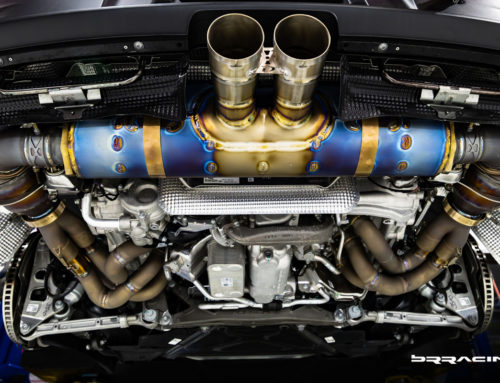
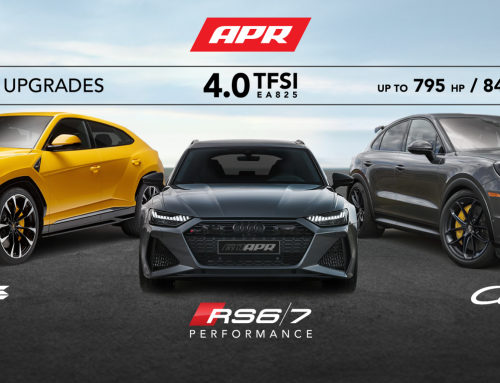
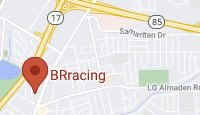
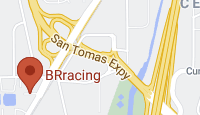
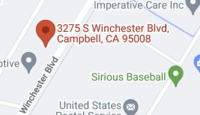
Thank you for sharing the information with us. The information above will help us protect our cars from corrosion, and it will help us in the future.